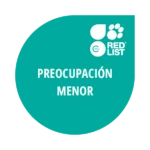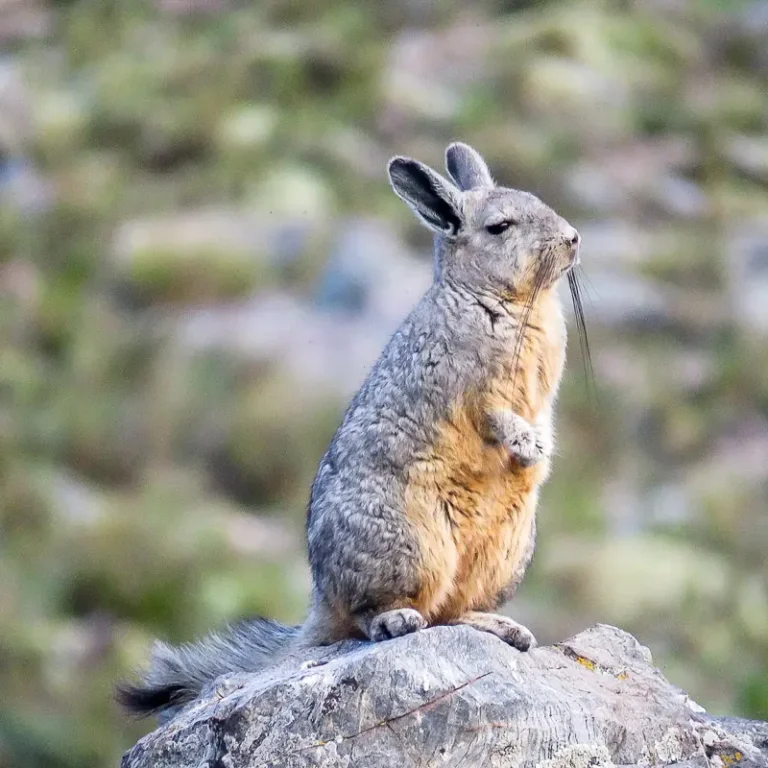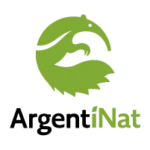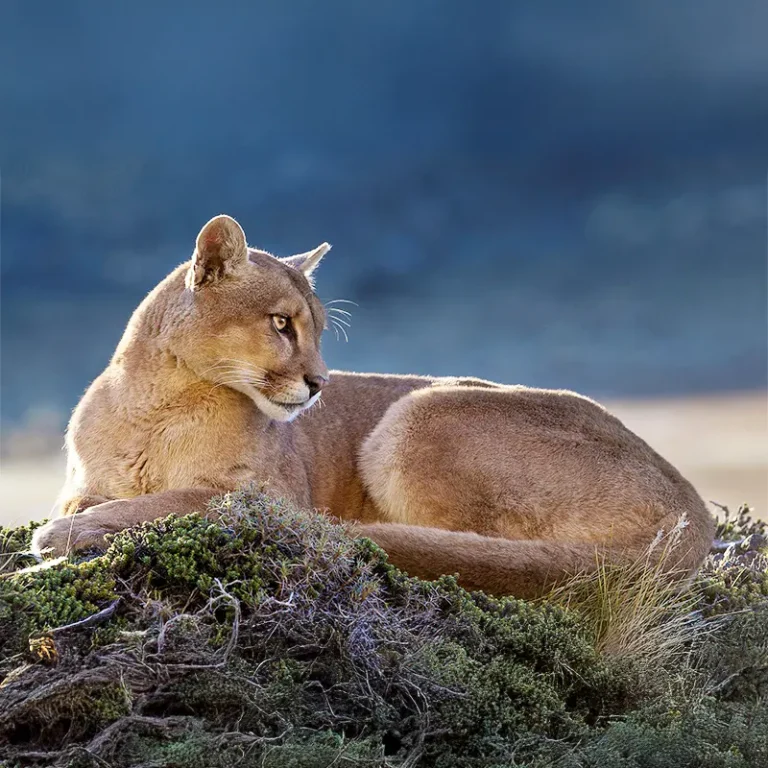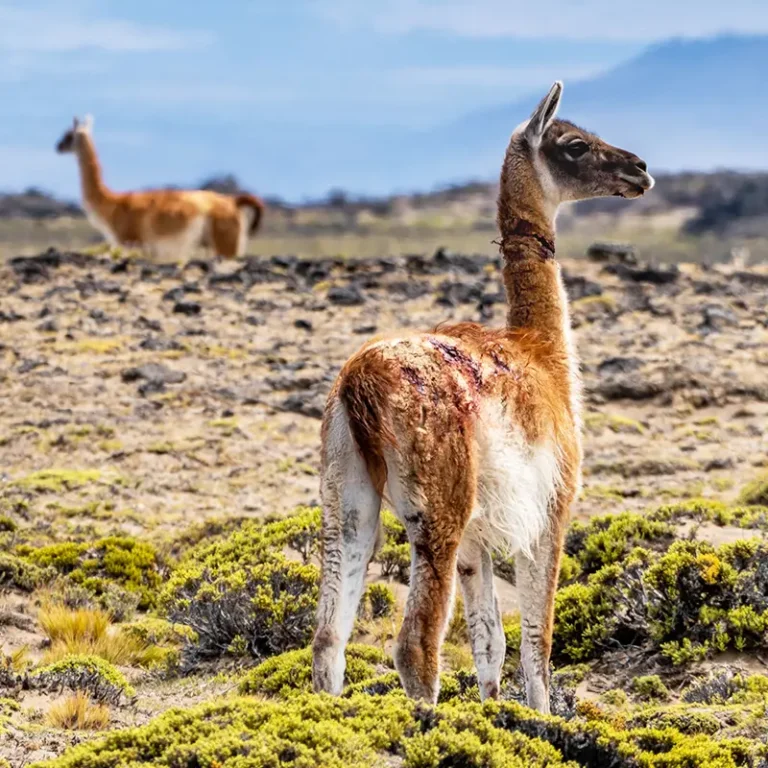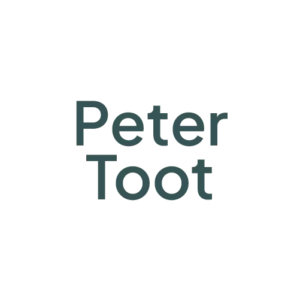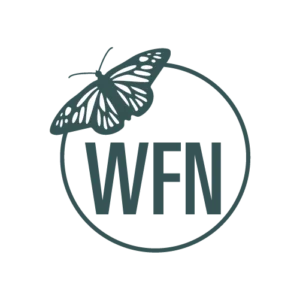Context and objectives
Located in the heart of the Patagonian steppe, Estancia La Cautiva encompasses some 15,000 hectares of open, solitary, and resilient landscapes, just 30 kilometers from the towns of Gobernador Costa and José de San Martín, in the west of the province of Chubut. Its geography is dominated by cushion scrub, wind- and cold-resistant grasses, and areas of vegetation adapted to the harsh climatic conditions. In more humid areas, wetlands, meadows, and small lagoons with reedbeds emerge as biological oases within the dry landscape, offering key habitats for local biodiversity.
The estancia is located entirely in the Patagonian steppe ecoregion and presents an interesting environmental heterogeneity. Two main runoff sectors are identified: a northwest zone, where water drains towards Laguna Dulce (partly located within the property), characterized by a wide depression, and a southwest sector, made up of small valleys, ravines, and areas of scattered wetlands.
Both zones lack permanent watercourses but have temporary runoff that is activated especially during the spring thaw, generating a seasonal hydrological dynamic that influences the structure and functioning of local ecosystems.
In this context, our objective is to work towards achieving a detailed characterization of the biological and ecological aspects of the environments present in La Cautiva, including both its flora and fauna, and to analyze the functional processes that sustain them. As part of this initiative, the design of a long-term monitoring plan is also proposed, which will allow the generation of continuous and reliable information to guide future management and conservation strategies in the area.
Our actions
- At Estancia La Cautiva, we implement a comprehensive ecological monitoring and evaluation strategy, based on a systematic grid that allows us to work in an organized and representative manner throughout the property. We survey terrestrial and aquatic birds using point-transects and complete counts in lagoons and wetlands, record medium and large mammals with camera traps and track surveys, and focus particular efforts on species such as the chinchillón, through remote observations and searching for feces. To study micromammals—rodents, marsupials, and bats—we use traps, mist nets, acoustic detectors, analysis of owl pellets, and fecal content. We estimate density and abundance of guanacos using distance sampling techniques, recording the location and size of the groups. We also analyze the condition of pastures and wetlands through satellite indices (NDVI and NDWI) and take aerial images with drones to monitor long-term changes. Finally, we monitor invasive species such as feral horses, hares, and minks, and work on the design and development of specific control plans. This combination of methodologies allows us to generate key information to understand how this ecosystem works and how we can better conserve it.
